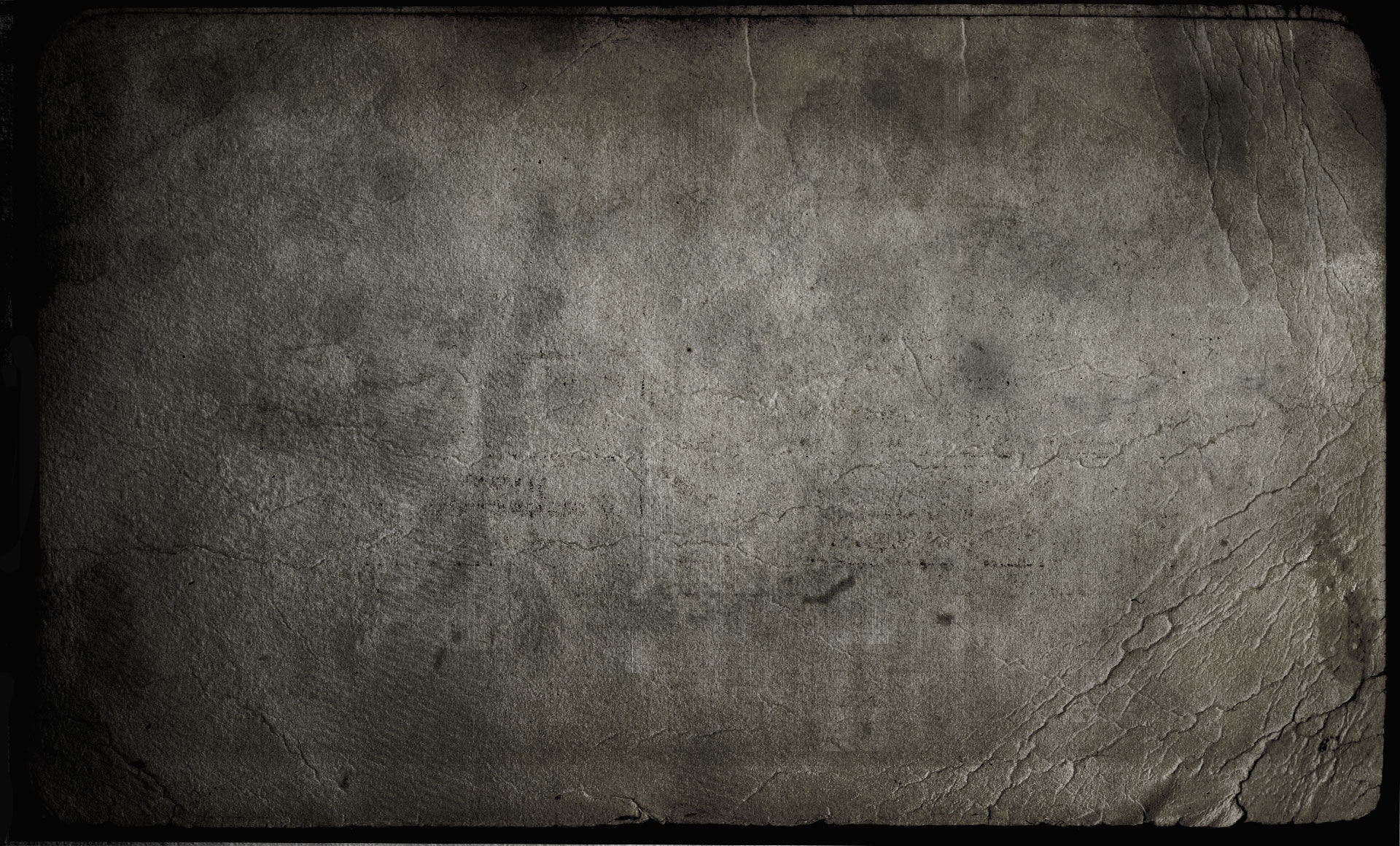ANANTAKARA: Newt [At Whose Feet is Eternity] (2020)
- Sylvain Lupari

- Feb 22, 2021
- 4 min read
Updated: Feb 22, 2021
“Anantakara flirts constantly with the limits of our tolerance in order to play within the fields of acoustic psychedelia”

1 She Holds a Thousand Souls 8:54
2 In Whose Hand is the Always 7:44
3 Lady of the Sycamore 6:14
4 She Who Bore the Gods 9:22
5 One Who Hears 4:08
(DDL 36:22) (V.F.)
(Tribal, Neo-classical)
I have become a big fan of Anantakara since I discovered Momentum Lapses in 2018. The Belgian musician has no equal when it comes to introducing earworms that haunt us without really knowing where they come from when we are hums it a few weeks and/or months later. NEWT [At Whose Feet is Eternity] is a rather disturbing neo-classical album that centers on the myth of Nut, the Egyptian goddess of sky and night. Nut had the particularity of swallowing the sun each evening to give birth to it the morning after. We cannot have a more dreamlike vision of a god or a goddess! Each title composed by Philippe Wauman is inspired by epithets that the ancient Egyptians chanted to her. We are far from the borders of the Berlin School here! Except that Anantakara always likes to tie some bonds here and there, in particular in its structures of rhythm. And, like always, there is a real danger of getting addiction from one listening to the other. In fact, Anantakara reminds me more and more of a fusion between Philip Glass and Mike Oldfield, in a more acoustic vision, while spreading very well all the diversity of EM made in Belgium.
Furtively, She Holds a Thousand Souls moves to the weight of a double bass walking side by side with sober keyboard chords. Sinister and disturbing, this slow procession is made up of minimalist art with a violin and a cello stuck to it, carving their harmonies in a silk of melancholy fear. And it's the piano's turn to hammer out its frank and trembling notes and to inflict on them a destiny of pain which goes to the same place as this double bass that has disappeared from the background. She reappears after a bridge of ceremonial breezes in a haunting second part of She Holds a Thousand Souls which comes alive with an electronic enuresis before ending its procession in a more spiritual setting. It's in the echo of the double bass' notes that In Whose Hand is the Always screeches in a sonorous cornucopia, creating the colors and the effect of a majestic rainbow. The title then marries this wonderful rhythmic rout that Edgar Froese gratified our ears in his wonderful Stuntman. Elastic bass and shamanic percussions, In Whose Hand is the Always structures a superb ambient trance in a rhythmic vision of Berlin School with a more than seductive acoustic vision. This is the kind of air that obsesses us from listening to listening, as its musical envelope is rich and protean in terms of the instruments and especially their nuances in tones.
Lady of the Sycamore's music fits very well with the image one can has of the title in his black and white vision of Picture Palace Music. The resonant bass weaves a sinister texture on a zigzagging rhythm made up of a series of circular riffs. A piano pierces this velum tinted with felt and masked by reverberations, while a latent madness lurks. The resulting rhythm is based on the circadian movement of a metronome struggling to maintain its authority over a texture of quavering and ghostly murmurs. This is the kind of track that requires a few listening. And it's the same with She Who Bore the Gods, arguably the most disturbing and complex track in NEWT [At Whose Feet is Eternity]. The opening is based on the phases of hesitation between bass and piano versus the driving force behind the often phantasmagorical atmospheres that are usual in this short 37-minute album. Bass and piano are in evidence as an odd air, a bit like in In Whose Hand is the Always, which spreads its veil of slightly cold cackles. Anantakara is feeding this circle having developed a certain harmonic cohesion with layers of violins whose short ambient staccatos are pecked by percussive clicks also dancing on piano notes. Each new element erasing another, we find ourselves alone with the bass for a second round. The piano takes up its ritornello in a slow finale in hues of Jazz and cinematographic music for a black and white film filled with these shaky thin black lines, auditory here, which give it this appearance of obsessive neurotic. This part seems to me be the only misstep of this album whose happy conclusion is made with this piano and double bass duo in a harmony more than easy to whistle from One Who Hears.
Not always obvious but so attractive, Anantakara flirts constantly with the limits of our tolerance in order to play within the fields of acoustic psychedelia to finally offer in NEWT [At Whose Feet is Eternity] this fabulous journey where music has no more borders.
Sylvain Lupari (22/02/21) ****¼*
Available at Aural Films Bandcamp



Commentaires